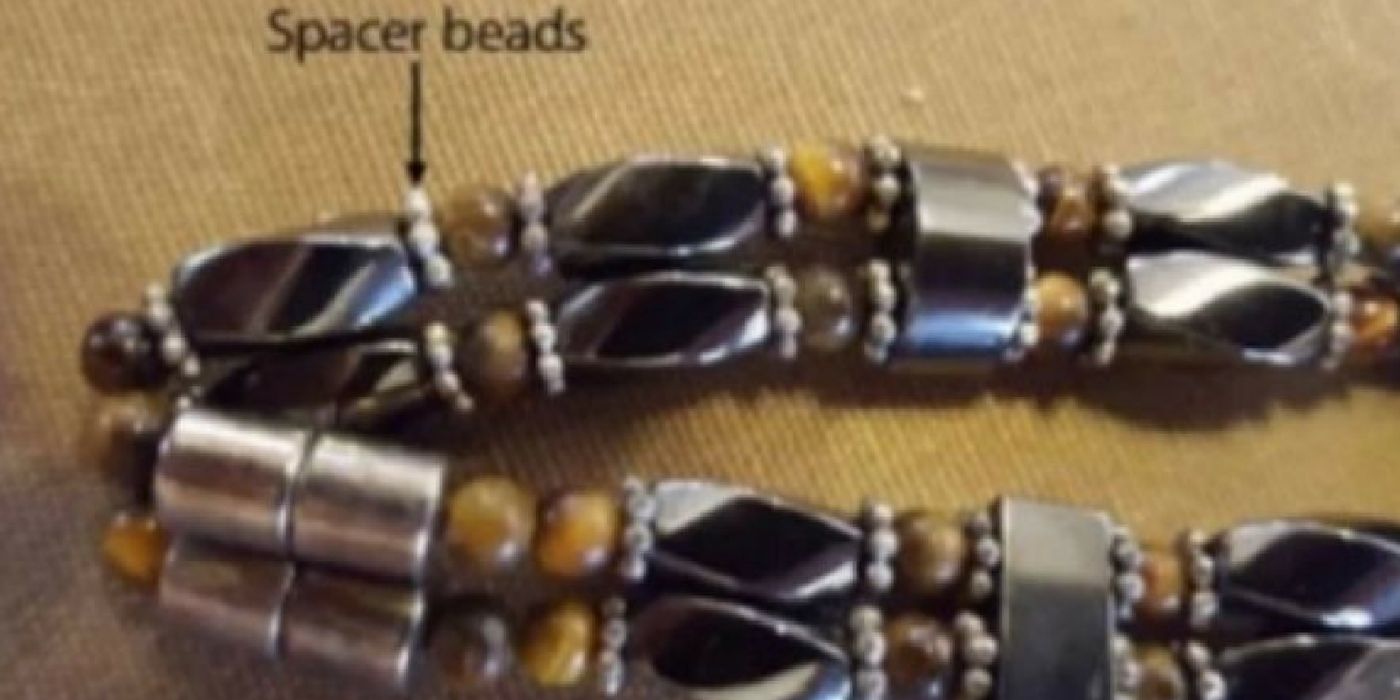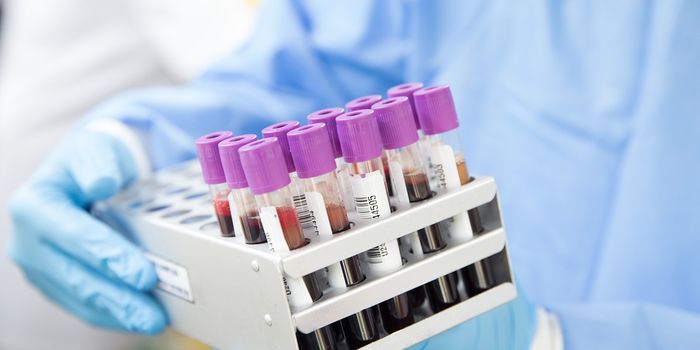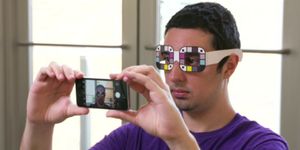Diagnosed: Baby's Lead Poisoning Came From a Bracelet
A 9-month-old infant was recently diagnosed with lead poisoning, and doctors say the source of lead came from a bracelet.
According to test results, the infant child from Connecticut had a whopping 41 micrograms per deciliter of lead in her blood – that’s over 9 times the amount considered normal.
The whitest white
Lead is a heavy metal that was prized by the ancient Greeks for its dazzling density and opacity as a white pigment. Despite serious health risks associations with lead paint exposure, use of lead white pervaded until well into the 19th century. Painters who were exposed to lead paint and powder experienced telltale signs of lead poisoning, which was then called "painter's colic." These symptoms included palsies, melancholies, and coughing, which worsened over time.
Yet, lead was not banned from paint until the 1970s. By this time, it was apparent that lead had serious toxic side effects in the human body. In particular, the brain is sensitive to lead, and exposure can cause lower IQ and learning disabilities. Researchers think lead blocks brain receptors that are important for neuronal growth and plasticity. Furthermore, lead can mimic and inhibit the actions of calcium, which causes toxicities in many organ systems. Watch the video to learn more about how lead affects the brain and the body.
The poisoned bracelet
Doctors were stunned and asked health investigators to check the girl’s home. In two of the home’s windows, the investigators confirmed lead in the paint. But, they quickly ruled against this as the source of the girl’s poisoning, as she could not have reached these areas. Furthermore, the baby had three other siblings who were not diagnosed with lead poisoning, which suggested a different source of contamination.
After extensive detective work, the investigators noticed that the child played and sucked on a handmade bracelet. The parents had gotten this “homeopathic magnetic hematite healing bracelet” from a local artisan, and had given it to the child for the purposes of soothing her “teething-related discomfort.”
The bracelet is decorated with silver metallic beads and looks similar to those found in gift shops around the country. But when investigators tested the beads on the bracelet, some came back with blazingly high levels of lead. The report noted that the tiny spacer beads on the bracelet had 17,000 parts per million of lead. That’s 170 times higher than what the US Consumer Product Safety Commission deems to be safe enough for children.
But any lead exposure could be too much, especially for infants.
With the diagnosis and the source of lead discovered, the baby is on the mend. Unfortunately, investigators were not able to track down the vendor who made and sold these bracelet. This means the lead bracelet are still floating in the consumer markets elsewhere.
Additional source: Live Science









